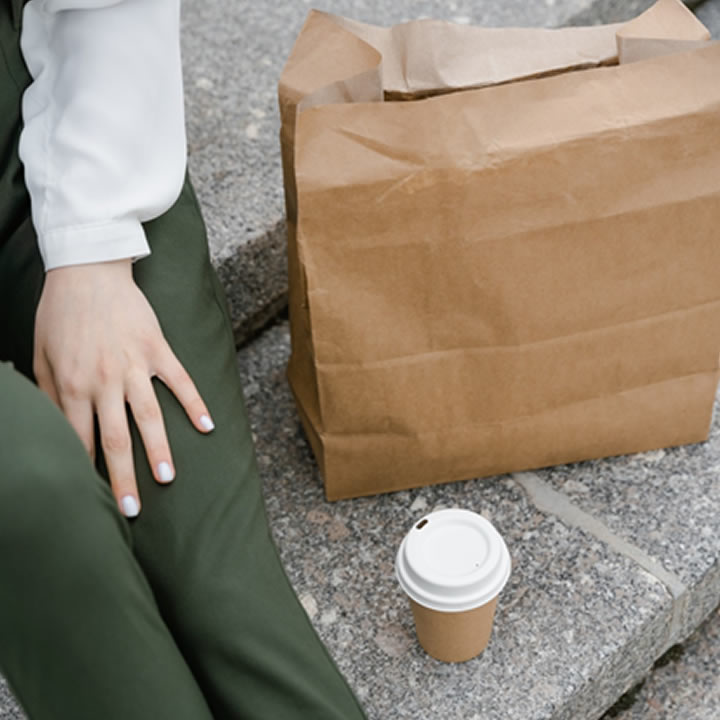Food businesses worldwide are taking steps to reduce their carbon footprint by shifting towards sustainable food packaging. The Australian government has also mandated that all food packaging will be 100% reusable, recyclable, or compostable by 2025.
However, it can be difficult to distinguish between different types of sustainable packaging materials if you are new to the food industry or want to join a food safety supervisor course.
Sydney restaurants, and those in other cities, are also taking steps to use environmentally friendly packaging.
According to the Food Standards Code, food businesses must use safe and non-toxic packaging that does not cause any food contamination. Moreover, the packaging materials must fulfill the purpose they are made for and protect the food from contamination.
Moreover, the term “food packaging” is used to describe the container and any wrapper that carries the food.
Since packaging is an important part of the food manufacturing process, you need to familiarize yourself with different types of packaging – especially if you are planning to obtain a food safety supervisor certificate.
Sydney and other cities are also working towards replacing single-use plastics with eco-friendly materials.
Here are the main types of sustainable food packaging:
Reusable Packaging
As the name suggests, reusable food packaging refers to any packaging that can be used more than once or for a prolonged period. These containers are made from durable materials that can be washed and cleaned to carry or store food.
They are also cost-effective in the long run.
Some of the most common examples of reusable packaging include glass containers such as mason jars and bento boxes, food-grade stainless steel containers with food-safe silicone lids, and BPA-free zip-lock bags.
Compostable Packaging
Compostable packaging can biologically decompose or break down into its original components. You can place it in a waste bin, after which it will be taken to a commercial composting facility to disintegrate.
Since this material doesn’t end up in landfills, it does not harm the environment. Moreover, you don’t have to wash compostable packaging before adequately discarding it.
Starch-based packing materials are a good example of compostable packaging.
Recyclable Packaging
This type of sustainable packaging is made of material that can be processed and used again. Some of the most widely used recyclable materials include paper, glass, metals, and specific plastic types.
Cardboard is also one of the most popular types of recyclable packaging materials used by food businesses across the world.
Usually, recyclable plastic containers have a Plastic Resin ID or the ‘Widely Recycled’ logo to inform consumers that they should place the packaging in the recycle bin.
Vacuum packaging
Vacuum packaging is a packaging process in which air is extracted from the package prior to sealing.
The main difference between vacuum bags and conventional packing bags is the presence of a barrier layer in their composition. The barrier layer prevents the development of microflora and chemical processes inside the package.
Vacuum bags are made of safe materials, they are non-toxic and do not contain harmful substances.
Go Green with Sustainable Food Packaging
To summarize, the food industry is making a shift towards sustainability by using environmentally friendly food packaging.
Australia’s 2025 National Packaging Targets also emphasize how it is important for food businesses to use reusable, recyclable, or compostable packaging materials.
If you are already a part of the hospitality industry, it can be beneficial for your career to obtain a food safety supervisor certificate. Sydney, Melbourne, and other Australian cities require all licensed hospitality businesses to nominate a food safety supervisor to meet the food safety standards.
Furthermore, you can learn more about food safety practices in a food safety supervisor course. Sydney residents and those living in other cities can contact the Australian Institute of Accreditation to find out more about the nationally accredited online courses.

